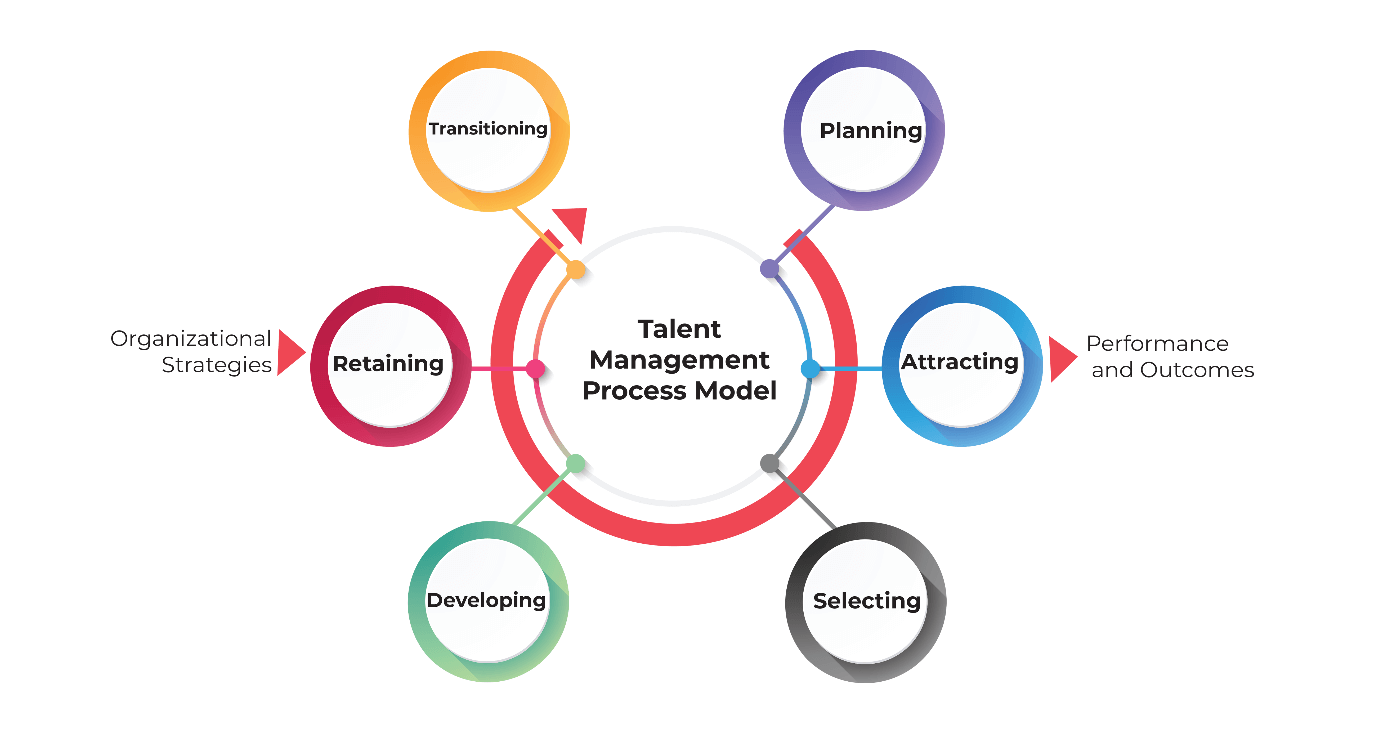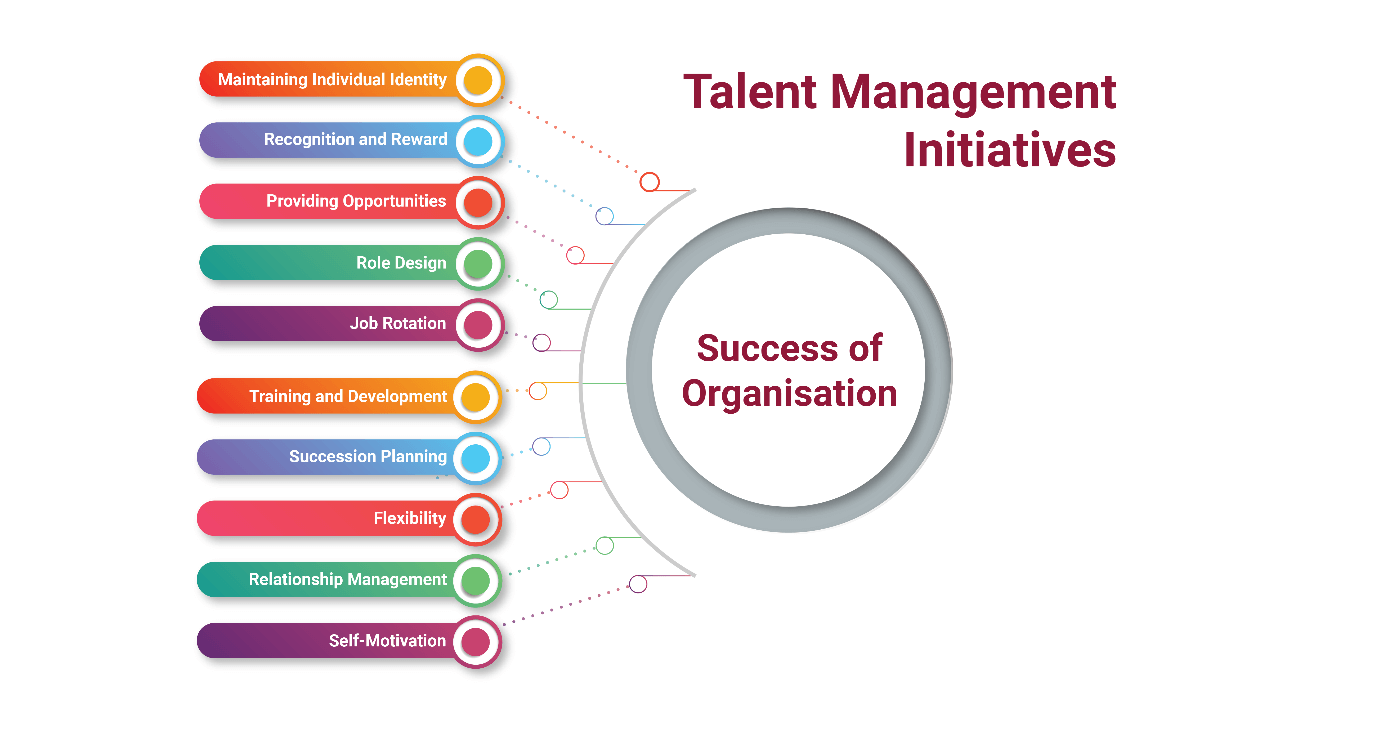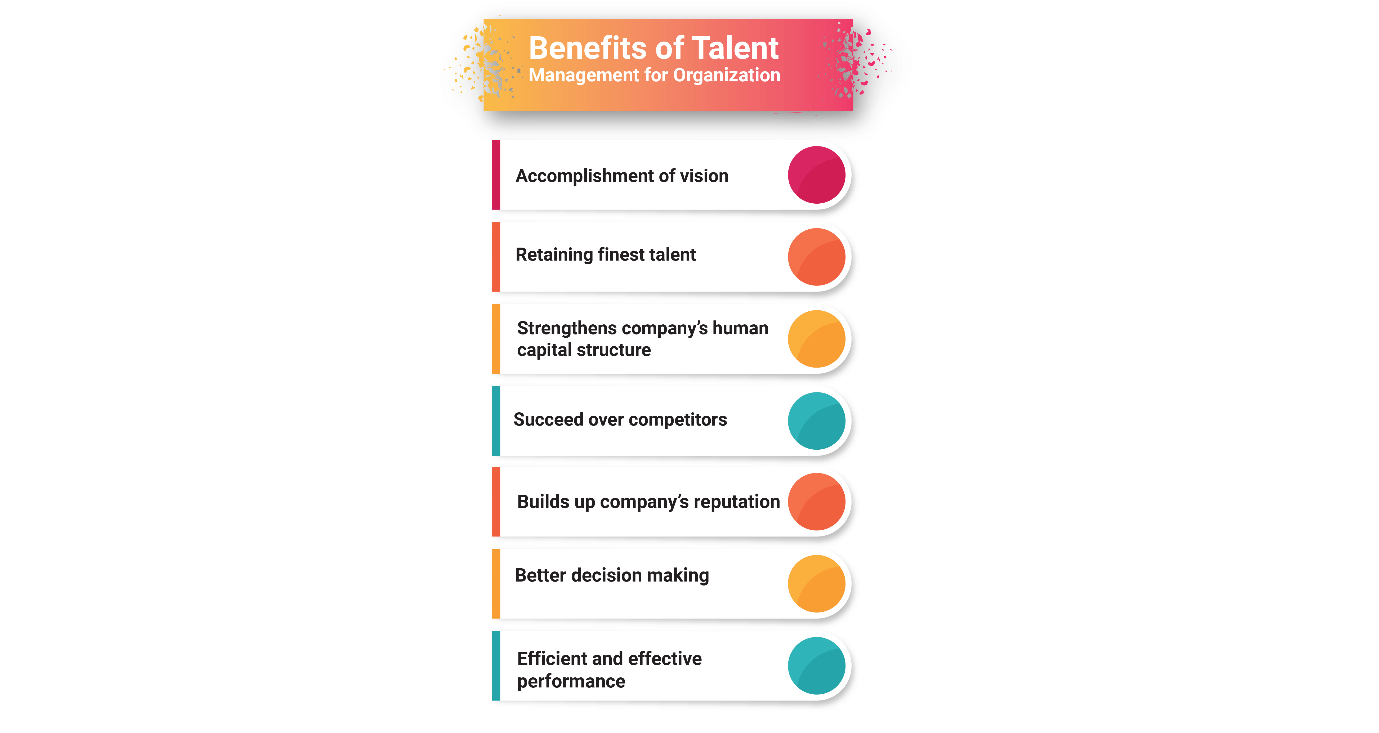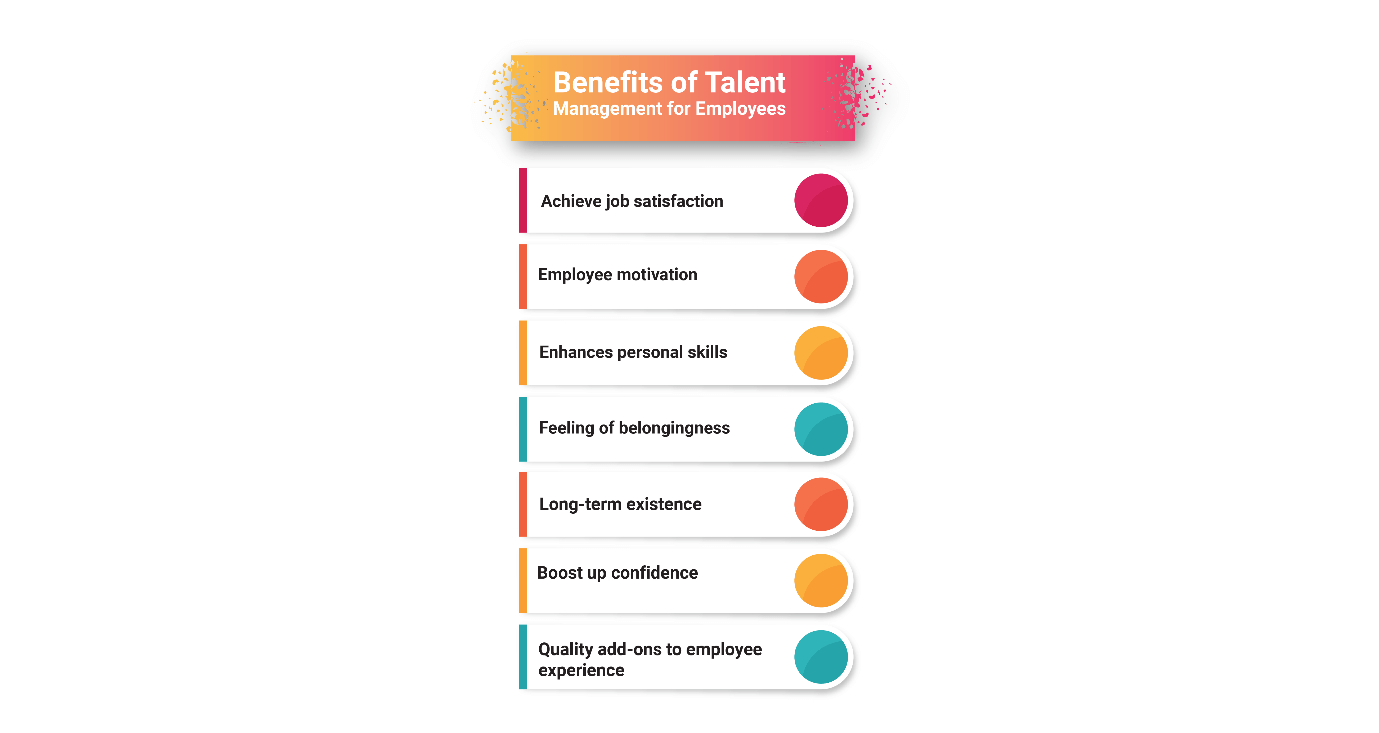What is talent management process and why is it different from HR management?
I think the word talent management doesn’t need much explanation as the word directly explains what the whole concept is all about. In any organization, this process is an indispensable procedure as it caters to the real-time need of a business. Let me make it precise.
Talent directly denotes employees in an organization. And the talent management process revolves around the systematic procedure of identifying vacant job positions in an organization. The process involves several steps like identifying the job openings, planning the hiring procedures, training of hired employees, building up the individual’s aptitudes, and finally mastering them to coordinate the position. It makes sure that the employee is engaged for the long run to accomplish the business goals and objectives.
Steps of Talent Management Process

Planning
As said prior, the talent management process is all about planning. It revolves around:
a) Distinguishing the human capital requisites.
b) Building up the desired set of responsibilities and key jobs roles.
c) Proposing the structure for recruitment and enlistment in the business organization.
For an efficient talent management process, the HR personnel or the concerned management team should have good planning over the above-said segments. They should have a clear-cut idea around the current need in the organization, an idea on which position and type of employee can fill the existing gaps, through which medium the business organization can attract a large set of candidates, etc. Proper planning leads to an efficient and result-oriented talent management process.
Attracting
It is no matter how well you planned your recruitment strategies and how well you positioned your job openings. What constitutes or matters is how far you succeeded in attracting the desired set of talents. There is stiff competition in the recruitment market as everyone is into the hunting of experts for their business organization. Therefore the business organization should take care of all the methodologies like a medium of advertisements, salary packages, work patterns, incentives, and benefits to attract prospects. As we have a digital community living at present, it is best that the organization choose:
Employment Portals, for example, Naukri.com, Timesjob.com, and so forth.
Informal organizations, for example, LinkedIn and Twitter.
Referrals.
for better attracting of the employees. Following the traditional mediums like newspapers, television, the radio may not turn productive in today’s scenario as everybody is glued to their personal gadgets surfing in and around their social profiles.
Selecting
Once you are equipped with a handful of profiles after a long search and investments, the next hurdle is to select the right talents. One of the main challenges in the talent management process is to select the right prospect for the business organization. In many cases, the candidate’s desires and expectations may not go along with the organization's offerings. This eventually results in losing good and skilled talents. At times, though the company is ready to offer anything, they may not find the suitable. Often it’s strenuous for the HR personnel to select the right prospect from the large chunks of profiles that exactly match to company's desires.
It includes the accompanying advances:
a) Planning composed tests and meetings.
b) Examining the most reasonable contender for the profile.
Developing
This is the most important stage in the talent management process. Nothing can be set right if this stage is not executed in proper way. In this stage, the worker mastered for the association and the profile. He is given with proper onboarding program, efficient training in the profile, moreover ensured that he is engaged and is capable of delivering optimum results favoring the organization.
Following are the means engaged with the developing procedure:
a) Completing an onboarding program or an introduction program.
b) Improving the abilities, engagement, and capability of the employee to coordinate the profile.
c) Directing, managing, instructing, teaching, coaching representatives and job rotation.
Retaining
Retaining has equal weightage like the development in talent management process. It isn’t profitable to any business organization if their well-trained staff or employee leave the office all of a sudden. The situation can cause great trouble to the management in terms of resource loss and work move. Thus retention, is considered as the basis for an authoritative presence and survival. Following are the used in retention under talent management process.
a) Advancements and augmentations.
b) Giving chances to development by giving over unique undertakings.
c) Participative basic leadership.
d) Showing new employment aptitudes.
e) Recognizing the person's commitment and endeavors.
Transitioning:
Talent management process revolves around the general change of the workers to accomplish the hierarchical vision. It very well is done through:
a) Delivering retirement advantages to the workers.
b) Leading Exit interviews.
c) Progression Planning or Internal Promotions.
Talent Management Initiative
The supervisors and the talent management specialists need to step up the platform and make ready for the self-awareness and long haul relationship with the association.

Acknowledgment: Timely recognizing the employees’ commitment and their work on individual grounds.
Compensation and Reward: Increasing the pay and compensation of the employees as a reward token for their better work execution.
Giving Opportunities: Giving the charge of provoking activities to the workers alongside the specialist and duty of the equivalent, makes them increasingly sure.
Job Design: The job of employees in the association must be intended to keep them involved and submitted, it must be sufficiently adaptable to teach and adjust to the worker's ability and information.
Occupation Rotation: The boredom work routines leads to lack of efficiency. Employees need eagerness in the event that they play out and similar sort of work day by day reduces the ability to produce more. Thus rotation shifting helps the management in keeping their employees motivated and engaged.
Preparing and Development: No one needs to remain static. And to survive in the competitive world, it is essential that every employee keep updating themselves on the latest changes in their field of work. Thus it is the responsibility of the business organization to ensure different learning and development platforms like e-learning programs, business-related instructional exercises, and instructive courses, entry-level position, and so forth to upgrade the capabilities, abilities, and information of the employees.
Progression Planning: Internal advancements distinguishes and build up a person who can be the successor to senior positions in the association.
Adaptability: Providing an adaptable workplace to the employees makes them increasingly versatile to the association and draws out their inventiveness.
Relationship Management: Maintaining a positive work environment where representatives are allowed to express their thoughts, partake in the basic leadership process, urge representatives to accomplish objectives and are remunerated for better execution prompts worker maintenance.
Self-inspiration: Nothing can be viable if the employee isn't self-decided and spurred to work.
Advantages of Talent Management
Advantages of the talent management process in an organization.

Advantages of the Talent Management process to an employee
 How the talent management process differ from the human resource management process?
How the talent management process differ from the human resource management process?
Though both concepts deal with employee management and their welfare, they are bit different in terms of their functionality. The major difference lies between the goals and objectives of talent management and human resource management.
Where human resource management proceeding takes care of the comprehensive and all-inclusive management of attracting, hiring, training and retaining of employees, the talent management works as a small niche under the Human Resource Management process, polishing the skills and capabilities of employees. The human resource has been for long years and talent management is a newly introduced concept. It came into play for mainly attracting the talents in an organization rather than working for the overall well-being of the employee.
An effective Talent Management process envisions in reinventing talent in an employee to achieve more goals and objectives in their work. It envisions in nurturing of employees to produce more via recognizing their strengths and weakness. In the most simplified version, one can define talent management as the simplest procedure to bring out the best form of a worker. On the other hand, human resource management overlooks the overall and comprehensive management of employee right from his joining to retirement. type of hr management system